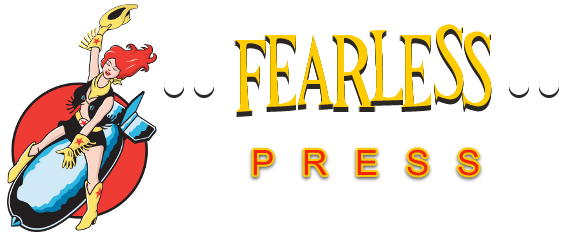By Dr. brian
There are reactions a Domme is after when they’re playing with a sub. Moans, screams and the distant look in a sub’s eye that signal their entry into subspace are all good. What happens when a Domme gets a more life-threatening reaction? What do you do if the person up on the Saint Andrews cross suddenly has a seizure and starts shaking uncontrollably? Call a Code Blue?
The first rule when faced with any emergency situation is to take your own pulse. Literally take a deep breath, stay calm and act decisively. Stress will send a huge dose of catecholamines rushing through your body and can cause you to lose the ability to think critically. That’s why it’s imperative to have a plan of attack for emergency situations.
The severity of a seizure’s symptoms can range from a staring spell, to a loss of consciousness, to the violent tonic-clonic activity of a grand mal seizure. Often patients will report an aura consisting of a strange sensation that precedes a seizure. These take the form of tingling sensations, emotional change or smelling an odor, such as burning rubber, that is not present. If you’re playing with someone that has epilepsy and they tell you they’re having an aura, it’s time to act fast.
Gran mal seizures involve a brief loss of consciousness that can last for one half to five minutes and is followed by muscle rigidity and posturing of the body lasting 20 seconds or so. The last most dramatic part of the gran mal seizure involves rhythmic alternating muscle contractions and relaxations that last one to two minutes. During the seizure loss of urine or stool control, biting the cheek or tongue, a clenched jaw, difficult breathing and cyanosis (turning blue) are not uncommon. The period after the seizure, the post-ictal state, involves the return of normal breathing, confusion, headache, sleepiness and drowsiness, amnesia about events surrounding the seizure, and weakness that can last for 24 to 48 hours. This weakness is called Todd’s paralysis.
When a person is seizing it is appropriate to get them as low as possible on the floor. Keep them away from furniture and things that they can knock into, but don’t try to restrain them. Loosen their clothing. Cushion their head and remove any solid or sharp objects they could injure themselves on. If at all possible get them into the recovery position (side lying with their head turned to the side). This will give them the best chance of keeping their airway clear and prevent aspiration (choking) on vomit should they throw up. Don’t try to put anything in their mouth. Contrary to popular lore it’s not possible to swallow your tongue and block your airway during a seizure. Don’t try to put any liquids or solids in the victim’s mouth during a seizure. They won’t have the ability to protect their airway and anything introduced could be aspirated. Monitor their breathing and wait for the seizure activity to end. Note the activity of the seizure from start to finish. This will be useful information for medical personnel afterwards.
Repetitive seizures that occur without a recovery period of consciousness are called status epilepticus. This is a potentially fatal condition. EMS should be activated for any seizure that lasts more than five minutes. More immediate medical attention is required if the victim fails to resume normal breathing after the seizure or injures themselves during the seizure. If the victim recovers from the seizure quickly, they should be supported, allowed to rest and then seek more routine medical attention when possible.
